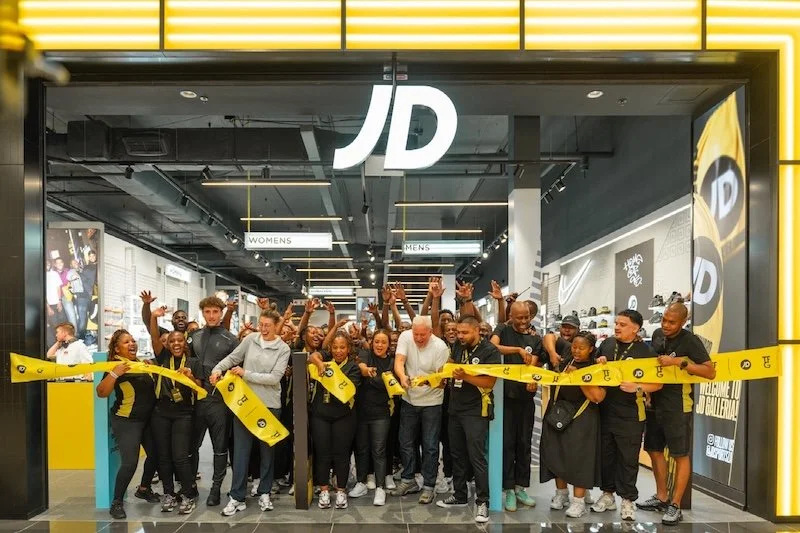E-commerce: Why relationship matters more than revenue
By Angel Maldonado, Founder, EmpathyBroker
Walk into the Tokyo branch of Hunter Ginza and you’ll quickly leave the busy city streets behind you. Shoppers are transported into an imaginary forest, complete with hand-crafted silver birch trees and a 570-square foot lightbox that emulates a cloudy sky. In-keeping with the wellington boot manufacturer’s close relationship with the British weather, there are updates on the UK’s skies throughout the store – complete with matching soundscapes.
High Street retailers increasingly focus on using their physical stores to deliver an engaging and even an exciting in-store experience: creating a feeling, not necessarily a sale. When it comes to online retailers, however, more often than not any customer browsing but not purchasing is regarded as a failure. But what if retailers reconceptualised success in e-commerce and realised that, in a hypercompetitive landscape, experience is everything?
How shops create more than a feeling
“People will forget what you said, people will forget what you did, but people will never forget how you made them feel,” said Maya Angelou. This is a maxim embraced by many physical stores. The Nike shop in Soho, New York, hosts a Basketball Trial Zone where customers can try on basketball shoes and play surrounded by famous US settings. Oxford Street’s flagship Topshop store recently installed a VR waterslide for summer, paired with tropical scents throughout its floors.
The last five years have seen the rise of brands creating experiential stores, including some without any products for sale. But it’s not just the concept store: brands invest a fortune in creating the right journey for their customers in every branch. That’s because the shopping experience matters to consumers.
In fact, 83% believe that physical stores are important as they allow people to see, touch and feel a product. Consumers want to enjoy a shopping experience and react to it. This won’t always result in an immediate sale, but it’s memorable, builds rapport and critically helps to differentiate stores from the competition.
Exactly the same principle applies online. Amazon is not popular because of the strength of its brand. It commands the loyalty of millions of paying Prime customers because of the online experience it has so carefully built. Loyalty is critical to e-commerce success; figures suggest that repeat custom typically drives 43% of revenue.
But all too often online retailers have a short-term outlook on their online investment, wanting to see the ROI of their digital tools quickly. Instead, it’s time to take experience seriously. And to do so, retailers should focus on a fundamental part of the customer’s experience and the brand’s online identify: the search box.
Transforming search from a tool to an experience
Over the last few years search has become increasing more important and prominent, take Airbnb for example where most of the interaction now takes place within the search box. Search allows online retailers to create deeper connections with their customers.It creates rich interactions that enable shoppers to act and speak as they would face to face in-store as well as producing personalised product suggestions aligned to the intent of shoppers.
What’s more, search isn’t just about finding something specific, people often want to be inspired. Search is as much a discovery tool as it is a findability one. It’s also not solely about the output, the sale, but what’s as important is the outcome, how the shopper gets there; the experience.
To create good online experiences, retailers need to start seeing shoppers as subjects as opposed to objects, they need to be more human in their approach and not just see users as data. The online store needs to be expressive and events or customer journeys need to be multi-dimensional as opposed to linear. Metrics need to be seen as a way to generate ideas and inspiration not simply as a means to tell us what to do or dictate to us how to do it.
Moments of joy in digital are real. They can be achieved when we are pleasantly surprised by something that fulfils our goals, whether that’s something we were actively looking for or something we didn’t yet know we wanted. These moments of joy create good experiences, particularly when the design elements within which we interact are capable of communicating, expressing and anticipating our goals with clarity.
There are many features and tools that retailers can use to make a more seamless and pleasurable online experience. However, to create an e-commerce experience that’s truly distinctive, retailers have to look beyond functionality alone. They need to incorporate digital empathy because what’s really important is not the what but the how, not the features or the tools, but the way they´re perceived, the way they make people feel, the form beyond the function.
Bursting the instant ROI bubble
It’s time for retailers to reconsider what constitutes a successful customer interaction online and a good digital experience. Through digital empathy customers become more engaged with a store and more excited about a brand; after all, creating a memorable experience not only generates sales, it creates emotion, brand connection and loyalty. Retailers must burst the instant ROI bubble and think relationship, not revenue, online.










Continue reading…